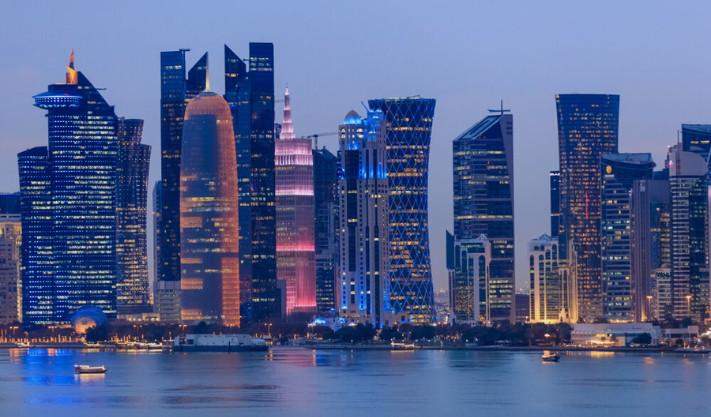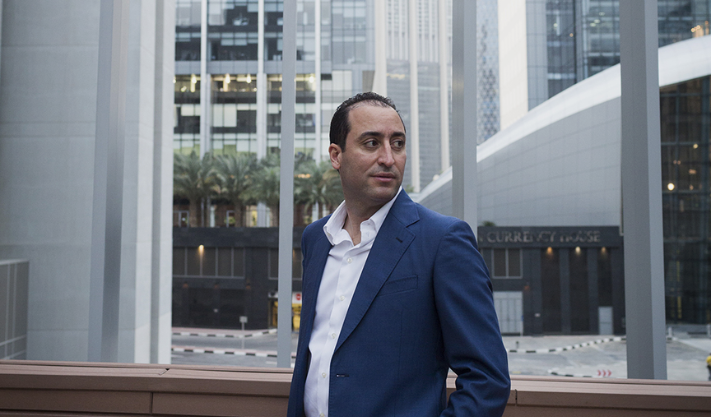Qatar’s Inflation Rises 1.15% in September as Key Sectors Grow
Qatar’s inflation rate increased by 1.15% in September, according to the latest data from the National Planning Council. The Consumer Price Index (CPI), which measures changes in prices of goods and services, reached 109.43 points during the month.
Prices Rise Across Several Sectors
Compared to August, prices went up by 0.9%, mainly because of higher costs in recreation, education, and housing.
The CPI tracks 12 major spending categories. Six of these sectors showed price increases in September. The biggest rise was seen in recreation and culture, which jumped 3.75%, followed by miscellaneous goods and services, up 2.99%, and education, which increased by 2.04%.
Prices for housing, water, and electricity also rose by 0.83%, while communication costs went up by 0.26%.
However, some areas saw price drops. Food and beverages fell 0.99%, and transport decreased slightly by 0.16%. When housing and utilities are excluded, annual inflation rose 1.45%, and 0.92% month-on-month.
The small monthly rise suggests mild inflation pressure, showing that Qatar’s economy remains strong. The country continues to benefit from high credit ratings and steady growth from its liquefied natural gas (LNG) exports.
Annual Inflation Trends
On a yearly basis, the biggest contributor to inflation was the 12.75% increase in miscellaneous goods and services. Other categories, like clothing, education, and food, also recorded moderate price rises.
In contrast, prices fell in restaurants, transport, and healthcare, showing that cost pressures remain under control and the economy is stable.
Economic Outlook Remains Strong
Despite the small rise in consumer prices, Qatar’s economy is still in a healthy position, supported by strong energy revenues and confidence from global investors.
In March 2024, Fitch Ratings upgraded Qatar’s credit rating to AA, highlighting the country’s strong financial position, careful budgeting, and growing LNG production. Qatar’s LNG output is set to expand from 77 million tons per year (mtpa) to 110 mtpa by the end of 2025, and further to 126 mtpa by 2027.
Fitch expects Qatar’s budget surplus to reach 6.3% of GDP in 2025, while government debt will drop to 45% of GDP, down from 85% in 2020.
Similarly, Moody’s has maintained Qatar’s Aa2 rating, noting its ability to handle external shocks and careful financial management.
The World Bank predicts Qatar’s real GDP will grow 3.2% in 2025. By 2030, the non-oil and gas sector is expected to expand by 4% each year as Qatar continues to diversify its economy.
Investor-Friendly Environment
Qatar is also attracting more foreign investment with pro-business policies. These include allowing 100% foreign ownership, free profit transfers, and a legal system based on English common law.
Overall, Qatar’s steady inflation, strong credit ratings, and expanding LNG capacity point to continued economic stability and growth in the coming years.
Published: 17th October 2025
For more article like this please follow our social media Twitter, Linkedin & Instagram
Also Read:
Lebanon set to pass key law for IMF aid and debt recovery
Abu Dhabi’s Multiply Group Acquires 2PointZero, Ghitha in Swap
Egypt to Drill 480 Oil Wells with $5.7 Billion Investment





